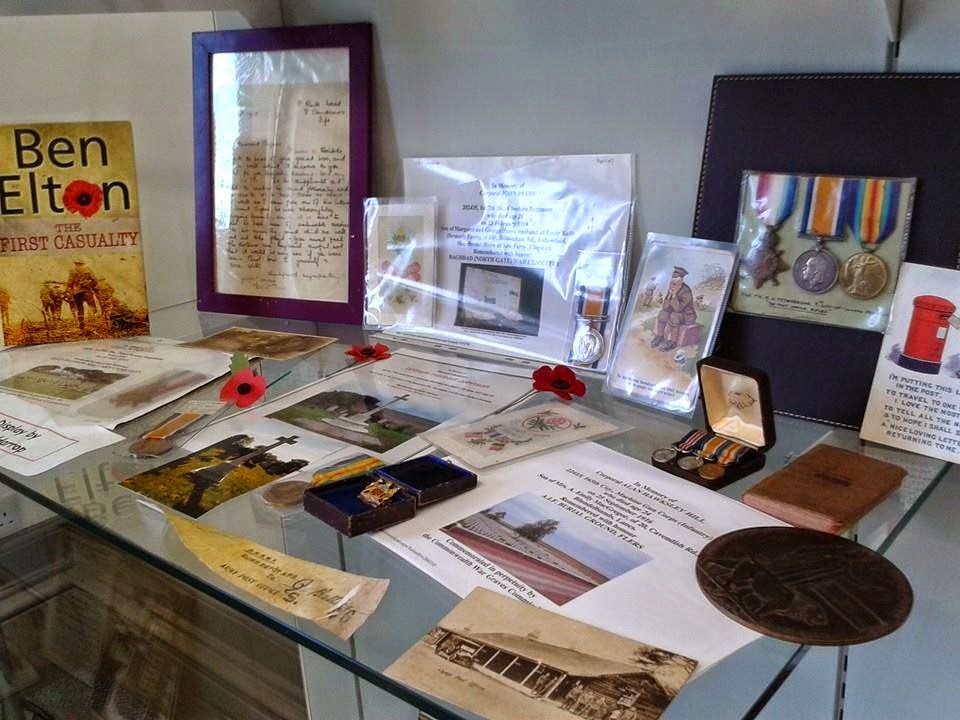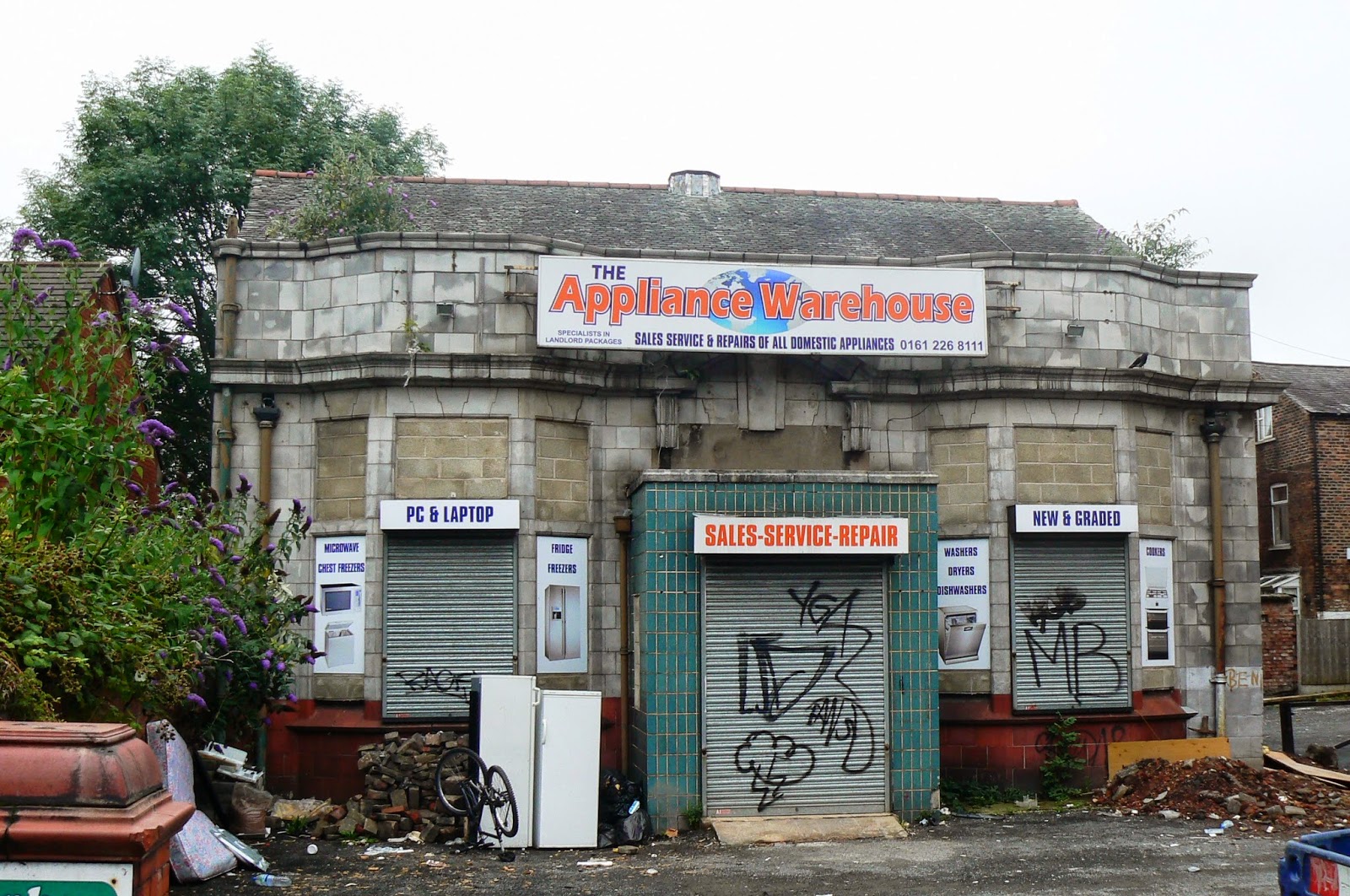Now there can’t be many people who do not have some memories of the secondary school on Darley Avenue.
In my case it was where our two eldest lads went when it was part of Oakwood High School.
But by the time the younger two were ready to start secondary school the Darley site had closed, Oakwood High School had become Chorlton High School and both theupper and lower schools had been replaced by one 21st century establishment down at Nell Lane.
All of which means that it must be a full decade since I was down on Darley Avenue and while I knew the old school had been demolished I didn’t give much thought to what was left which amounted to an expanse of grass, the old railings and brick pillars on either side of the entrance and a bit of the old road and car park.
Of course such a prime site was always going to be redeveloped and as Andy Robertson’s picture show that development is now in full swing.
So over the next few months I think the story of what is happening down on Darley will feature on the blog.
Pictures; Barlow Hall County Primary and Oakwood High School, April 1974, A Dawson, m64599, courtesy of Manchester Libraries, Information and Archives, Manchester City Council, http://images.manchester.gov.uk/index.php?session=pass, and the site from the collection of Andy Robertson
 |
| Darley Avenue, 1974 |
But by the time the younger two were ready to start secondary school the Darley site had closed, Oakwood High School had become Chorlton High School and both theupper and lower schools had been replaced by one 21st century establishment down at Nell Lane.
 |
| Darley Avenu 2014 |
Of course such a prime site was always going to be redeveloped and as Andy Robertson’s picture show that development is now in full swing.
So over the next few months I think the story of what is happening down on Darley will feature on the blog.
Pictures; Barlow Hall County Primary and Oakwood High School, April 1974, A Dawson, m64599, courtesy of Manchester Libraries, Information and Archives, Manchester City Council, http://images.manchester.gov.uk/index.php?session=pass, and the site from the collection of Andy Robertson
.jpg)



.jpg)
%2Bcrop1.jpg)



















.jpg)
.jpg)



















